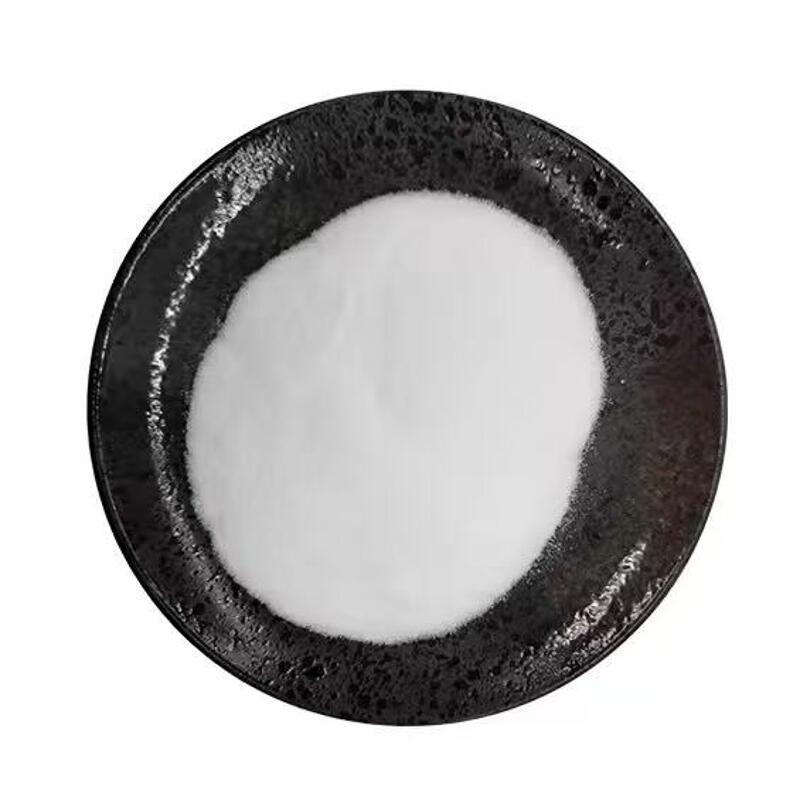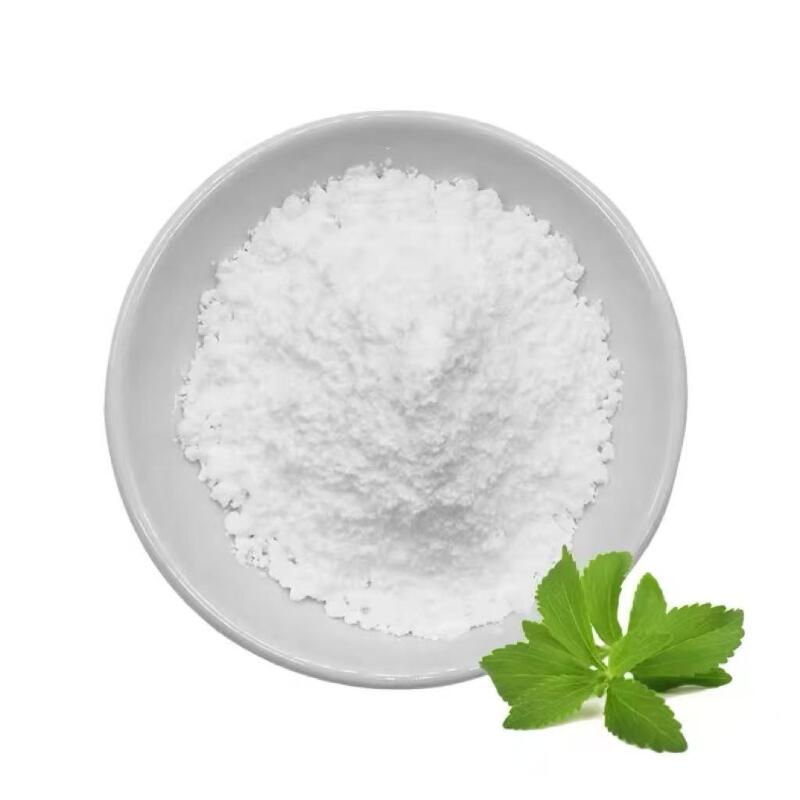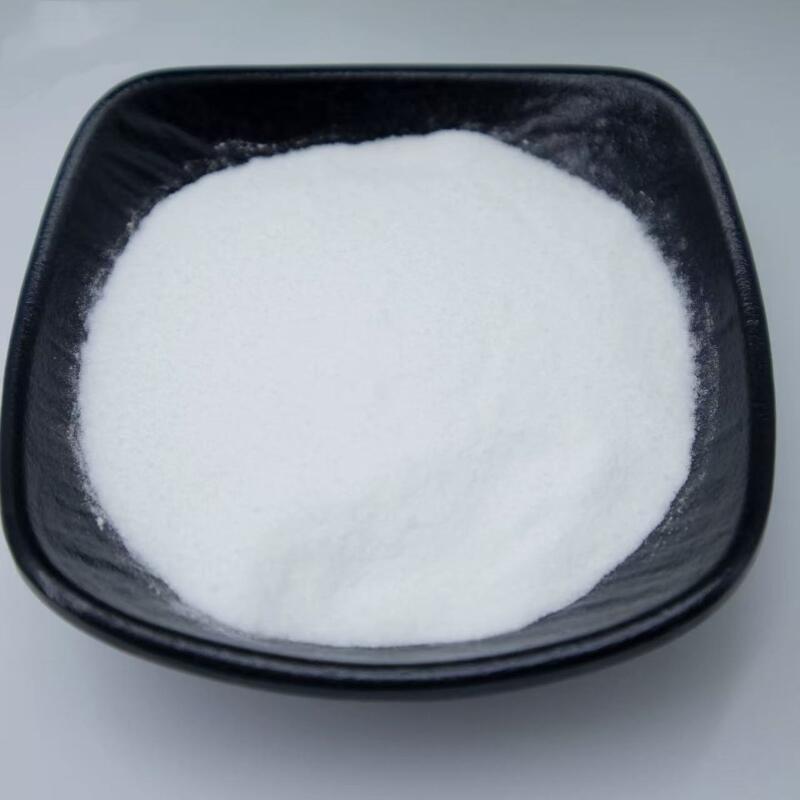-
Categories
-
Pharmaceutical Intermediates
-
Active Pharmaceutical Ingredients
-
Food Additives
- Industrial Coatings
- Agrochemicals
- Dyes and Pigments
- Surfactant
- Flavors and Fragrances
- Chemical Reagents
- Catalyst and Auxiliary
- Natural Products
- Inorganic Chemistry
-
Organic Chemistry
-
Biochemical Engineering
- Analytical Chemistry
-
Cosmetic Ingredient
- Water Treatment Chemical
-
Pharmaceutical Intermediates
Promotion
ECHEMI Mall
Wholesale
Weekly Price
Exhibition
News
-
Trade Service
Low-energy candy has become the consumer hot spot and development focus of today's international confectionery market, the market potential is huge, because most consumers are used to the traditional candy sugar given the pure sweetness stimulation, it is difficult to adapt to simple low-sugar or sugar-free candy, so it is necessary to have pure sweetness of low-energy sweetness Agents, generally using polysaccharides as filling sweeteners, mlycol is as sweet as sucrose, no need to add asparta sweet or saccharin and other powerful sweeteners, candy made with glycolycol than other "non-sucrose" Candy taste is good, xylitol-containing candy taste refreshing cold, its sweet taste pure, no bad aftertaste, due to its special molecular structure, will not occur Merad browning reaction, sugar when the sugar color is stable, can withstand cooking time High temperature, not easy to decompose, and strong sweetener thermal stability is poor, high temperature conditions are not stable enough, easy to decompose, resulting in loss of sweetness, glycolycol storage performance is good, even if exposed to the atmosphere will not absorb moisture, extending the shelf life of its products.
glycol is not fermented by yeast, microorganisms are bad medium, mlycol is not easy to be used by the oral bacteria mutant fermentation, inhibit the growth of bacteria in the mouth, prevent energy reproduction in food and produce harmful acids, effectively prevent the occurrence of tooth decay.
low-energy hard candy reference formula 1: crystalline glycosol 74.51%, water 24%, citric acid 0.8%, edible flavors 0.5%, food coloring 0.05%.
crystalline glycol and water to about 135-1450C.
and constantly stirring, vacuum to fully maintain a vacuum 5min, and then in the sugar drop to 2% when the water out of the pot, after cooking sugar liquid color to transparent light as the best, in order to ensure the quality of the finished product, the sugar liquid temperature reduced to 95-1000C, and then add citric acid, spices and pigment solution, and finally into the normal production process.
formula 2: liquid licinol 98.52%, citric acid 0.7%, edible flavors 0.6%, food coloring 0.06%.
First, the liquid glycol and pigment together heated to a temperature of 1710C, then put the sugar in a vacuum device to maintain 5min, then cool the sugar to a certain plasticity, in turn add citric acid, spices and pinch evenly, and finally cut molding, cooling packaging, and placed in a sealed container.
low-energy cow lactose formula: glycol 47.1%, hydrogenated starch hydrolysate 16.1%, water 15.17%, concentrated light cow's milk 17.7%, vegetable oil 3.8%, monoglyceride: 0.05%, edible flavor 0.08%.
In the cooking process, first heat the glycol, hydrogenated starch hydrate and water to 130-1350C, constantly stirring, 1250C when adding cow's milk, and then keep a full vacuum 5min, out of the pot after the sugar liquid When the temperature is reduced to 90-1000C, add vegetable oils, emulsions and flavors, and then enter the regular production process of candy, it should be noted that when adding cow's milk and vegetable oils, to control the cooking time and temperature, the final product moisture content should be less than 2%.
.







